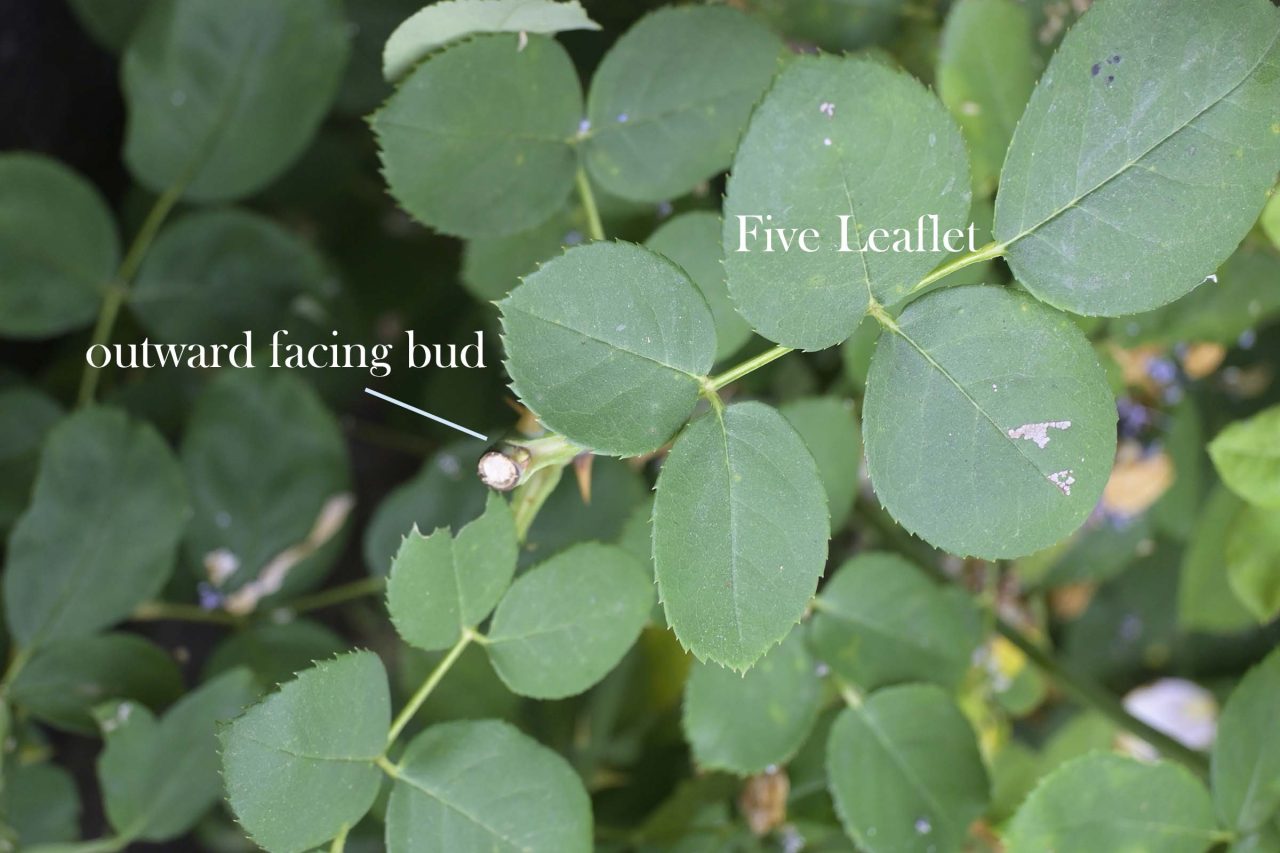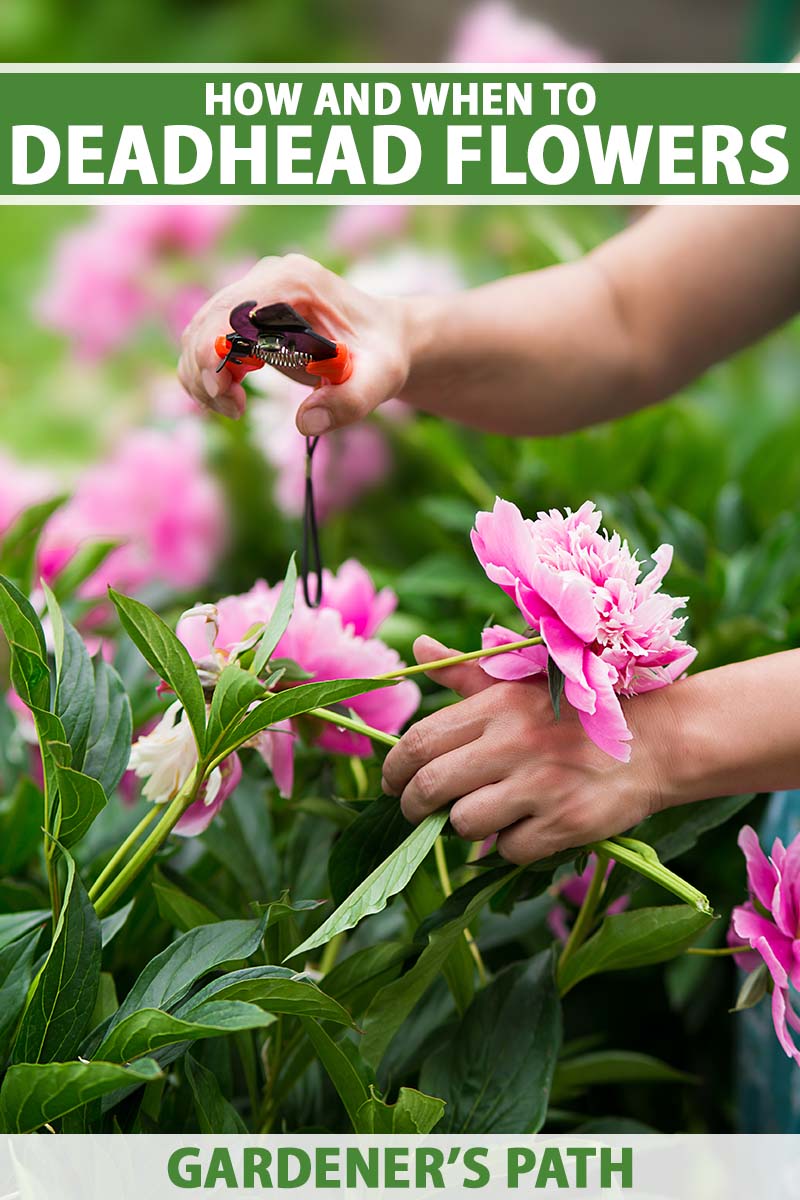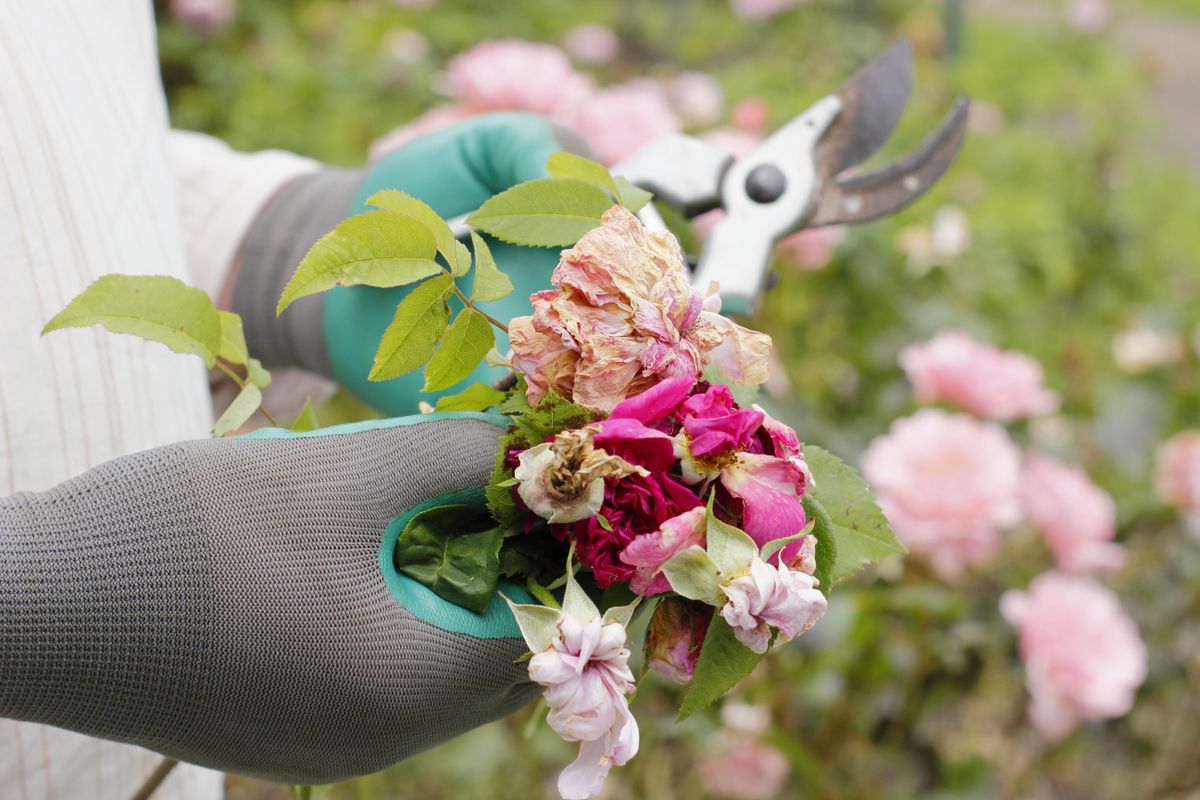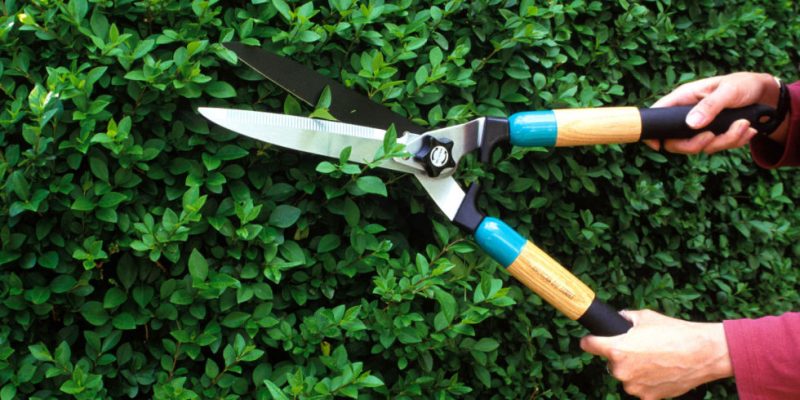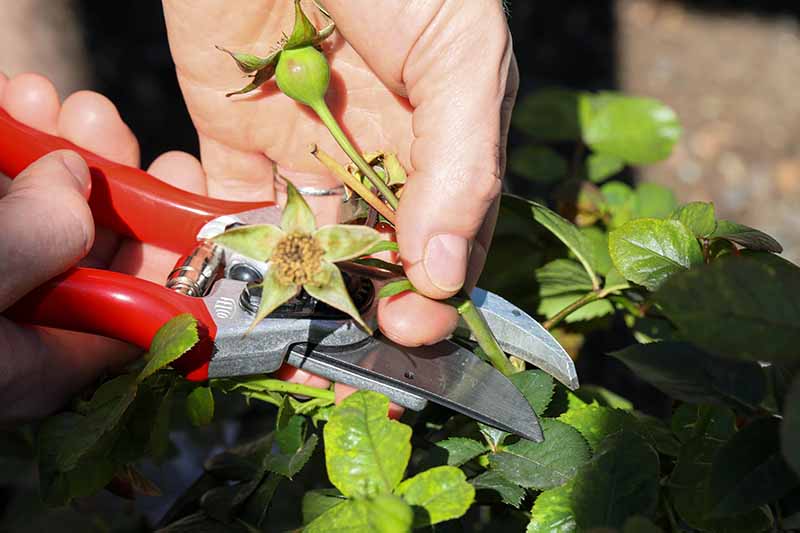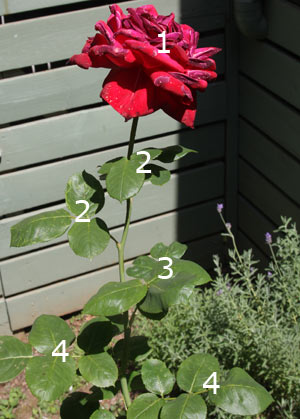Why Deadheading is Crucial for Healthy Rose Plants
Deadheading is a simple yet effective technique that plays a vital role in maintaining the health and beauty of rose plants. By removing spent blooms, rose plants are encouraged to produce new flowers, promoting healthy growth and development. This process also helps to maintain the overall appearance of the plant, keeping it looking its best throughout the growing season.
Regular deadheading is essential for rose plants as it stimulates the production of new flowers, increasing the plant’s blooming period. This, in turn, attracts pollinators, such as bees and butterflies, which are necessary for the reproduction of the plant. Additionally, deadheading helps to prevent the plant from putting energy into seed production, allowing it to focus on producing new flowers and foliage.
Furthermore, deadheading is a crucial step in maintaining the health of rose plants. By removing spent blooms, gardeners can help prevent the spread of disease and pests, which can be harbored in dead flowers. This also helps to prevent the plant from becoming leggy and unkempt, promoting a bushy and compact growth habit.
For gardeners looking to learn how to deadhead a rose, it’s essential to understand the importance of this technique in maintaining the health and beauty of these plants. By incorporating deadheading into their rose care routine, gardeners can enjoy a longer blooming period, healthier plants, and a more beautiful garden.
Understanding the Basics of Deadheading: What You Need to Know
Deadheading is a horticultural technique that involves removing spent flowers, or deadheads, from rose plants. This process is essential for promoting healthy growth, encouraging blooming, and maintaining the overall appearance of the plant. By understanding the basics of deadheading, gardeners can learn how to deadhead a rose effectively and enjoy a more beautiful and productive garden.
The benefits of regular deadheading are numerous. Not only does it encourage the plant to produce new flowers, but it also helps to prevent seed production, which can divert energy away from blooming. Additionally, deadheading helps to maintain the plant’s appearance, keeping it looking its best throughout the growing season.
To deadhead roses effectively, gardeners will need a few basic tools, including high-quality pruning shears and protective gloves. The pruning shears should be sharp and clean, with a curved or angled blade that allows for precise cuts. The gloves will help protect the gardener’s hands from thorns and other sharp objects.
In terms of techniques, deadheading is a relatively simple process. Gardeners should start by identifying spent blooms, which are typically characterized by wilted or faded petals. Once identified, the dead flower should be cut back to the first set of leaves, using a clean and sharp pair of pruning shears. This will help the plant direct its energy towards producing new flowers, rather than seed production.
By understanding the basics of deadheading, gardeners can take the first step towards mastering the art of rose maintenance. With regular deadheading, gardeners can enjoy a more beautiful and productive garden, with healthier and more vibrant rose plants.
How to Deadhead Roses: A Step-by-Step Guide
Deadheading roses is a simple process that requires some basic knowledge and the right tools. To learn how to deadhead a rose, follow these steps:
Step 1: Identify Spent Blooms
Start by inspecting your rose plant for spent blooms. Look for flowers that have wilted or faded, and are no longer producing new petals. These flowers are ready to be removed.
Step 2: Cut Back Stems
Using a pair of sharp and clean pruning shears, cut back the stem of the spent bloom to the first set of leaves. Make the cut at a 45-degree angle, and about 1/4 inch above a leaf node. This will help the plant direct its energy towards producing new flowers.
Step 3: Dispose of Dead Flowers
Once you have cut back the stem, remove the dead flower and dispose of it. This will help prevent the spread of disease and encourage the plant to produce new flowers.
Step 4: Repeat the Process
Continue to inspect your rose plant for spent blooms, and repeat the process of cutting back stems and disposing of dead flowers. This will help keep your rose plant healthy and encourage it to produce new flowers.
By following these steps, you can learn how to deadhead a rose and keep your plant healthy and thriving. Remember to always use clean and sharp pruning shears, and to make cuts at a 45-degree angle to promote healthy growth.
Choosing the Right Tools for the Job: Pruning Shears and Gloves
When it comes to deadheading roses, having the right tools is essential for a successful and safe experience. Two of the most important tools for deadheading roses are pruning shears and protective gloves.
Pruning Shears:
Pruning shears are a crucial tool for deadheading roses. They should be sharp, clean, and of high quality to ensure precise cuts and prevent the spread of disease. Look for pruning shears with curved or angled blades, which allow for easy access to the stems and flowers. Some popular brands of pruning shears include Fiskars, Felco, and Corona.
Protective Gloves:
Protective gloves are also essential for deadheading roses. They protect your hands from thorns, prickles, and other sharp objects, making it easier to handle the plants. Look for gloves made from durable materials, such as leather or synthetic fabrics, and choose a pair that fits comfortably. Some popular brands of protective gloves include Atlas, Wells Lamont, and Magid.
Other Tools:
In addition to pruning shears and protective gloves, there are a few other tools that can be helpful when deadheading roses. A small bucket or container can be used to collect dead flowers and stems, making it easier to dispose of them. A gardening kneeler or cushion can also be helpful, providing comfort and support while working in the garden.
By investing in the right tools, you can make the deadheading process easier, safer, and more effective. Remember to always clean and disinfect your tools after use to prevent the spread of disease and keep your rose plants healthy.
Timing is Everything: When to Deadhead Roses for Optimal Results
Deadheading roses is a process that requires attention to timing to ensure optimal results. The best time to deadhead roses depends on several factors, including the season, weather conditions, and stage of bloom.
Seasonal Timing:
In general, deadheading roses is most effective during the growing season, which typically begins in late spring and continues through early fall. During this time, roses are actively producing new growth and flowers, and deadheading can help promote more blooms.
Weather Conditions:
Weather conditions can also impact the timing of deadheading. For example, deadheading during periods of extreme heat or drought can cause stress to the plant, while deadheading during periods of cool, wet weather can help promote healthy growth.
Stage of Bloom:
The stage of bloom is also an important factor to consider when deadheading roses. Deadheading is most effective when the blooms are spent, but still have some color and texture. This is usually when the petals have dropped off, but the stem is still green and firm.
Best Times to Deadhead:
Based on these factors, the best times to deadhead roses are typically:
– Early morning, when the plant is at its highest water content
– After a light rain, when the plant is well-hydrated
– During the cooler part of the day, when the plant is less stressed
By deadheading roses at the right time, you can promote healthy growth, encourage more blooms, and maintain the overall appearance of your rose plants.
Common Mistakes to Avoid When Deadheading Roses
Deadheading roses is a delicate process that requires attention to detail to avoid common mistakes. By being aware of these mistakes, you can ensure that your rose plants receive the best care and continue to thrive.
Cutting Too Much of the Stem:
One of the most common mistakes when deadheading roses is cutting too much of the stem. This can cause stress to the plant and lead to disease or pest problems. To avoid this, make sure to cut only the dead flower and a small portion of the stem, leaving as much of the healthy stem intact as possible.
Not Removing Enough Dead Flowers:
Another mistake is not removing enough dead flowers. This can lead to a buildup of dead flowers and cause the plant to focus its energy on seed production rather than producing new blooms. Make sure to remove all dead flowers, including those that are wilted or faded.
Not Disinfecting Pruning Tools:
Not disinfecting pruning tools is a common mistake that can lead to the spread of disease and pests. Make sure to disinfect your pruning tools with a solution of 1 part bleach to 10 parts water after each use.
Deadheading at the Wrong Time:
Deadheading at the wrong time can also be detrimental to your rose plants. Avoid deadheading during periods of extreme heat or drought, as this can cause stress to the plant. Instead, deadhead during the cooler part of the day or after a light rain.
By avoiding these common mistakes, you can ensure that your rose plants receive the best care and continue to thrive. Remember to always use clean and sharp pruning tools, and to deadhead at the right time to promote healthy growth and blooming.
Deadheading for Different Types of Roses: Variations and Considerations
Deadheading is an essential part of rose care, but the specific needs of different types of roses can vary. In this section, we’ll discuss the unique deadheading needs of hybrid teas, floribundas, and climbing roses, and provide tailored advice for each variety.
Hybrid Tea Roses:
Hybrid tea roses are known for their large, repeat-flowering blooms. To encourage more blooms, deadhead hybrid tea roses regularly, removing spent flowers and cutting back stems to about one-third of the way down the stem. This will help promote new growth and encourage the plant to produce more flowers.
Floribunda Roses:
Floribunda roses are a type of rose that produces clusters of blooms. When deadheading floribunda roses, remove the entire cluster of spent blooms, cutting back the stem to about one-third of the way down. This will help promote new growth and encourage the plant to produce more flowers.
Climbing Roses:
Climbing roses are a type of rose that produces long, trailing stems. When deadheading climbing roses, remove spent blooms and cut back stems to about one-third of the way down. This will help promote new growth and encourage the plant to produce more flowers.
Other Types of Roses:
In addition to hybrid tea, floribunda, and climbing roses, there are many other types of roses that require deadheading. These include grandiflora, shrub, and miniature roses, among others. When deadheading these types of roses, follow the same general principles as for hybrid tea, floribunda, and climbing roses, removing spent blooms and cutting back stems to promote new growth and encourage more flowers.
By understanding the unique deadheading needs of different types of roses, you can provide your plants with the care they need to thrive. Remember to always use clean and sharp pruning tools, and to deadhead at the right time to promote healthy growth and blooming.
Combining Deadheading with Other Rose Care Techniques for Maximum Impact
Deadheading is an essential part of rose care, but it’s just one piece of the puzzle. To get the most out of your rose plants, it’s crucial to combine deadheading with other care techniques. By doing so, you’ll be able to promote healthy growth, encourage blooming, and maintain the overall appearance of your roses. In this section, we’ll explore how to combine deadheading with other rose care techniques for maximum impact.
Fertilizing is a critical component of rose care, and it’s essential to fertilize your roses regularly to promote healthy growth. When combining deadheading with fertilizing, it’s best to fertilize your roses immediately after deadheading. This will provide your roses with the necessary nutrients to promote new growth and blooming. Look for a balanced fertilizer that contains equal amounts of nitrogen, phosphorus, and potassium, and follow the instructions on the label for application rates.
Watering is another critical component of rose care, and it’s essential to water your roses regularly to keep them healthy. When combining deadheading with watering, it’s best to water your roses deeply once or twice a week, depending on weather conditions. Avoid getting water on the leaves or flowers to prevent disease, and instead, focus on soaking the soil around the base of the plant.
Pruning is another essential part of rose care, and it’s necessary to prune your roses regularly to promote healthy growth and encourage blooming. When combining deadheading with pruning, it’s best to prune your roses in late winter or early spring, before new growth begins. Remove any dead, diseased, or damaged branches, and cut back canes to about 12-18 inches from the ground. This will help promote new growth and encourage blooming.
In addition to fertilizing, watering, and pruning, there are several other rose care techniques that you can combine with deadheading to maximize impact. Mulching, for example, can help retain moisture in the soil, suppress weeds, and regulate soil temperature. Apply a 2-3 inch layer of organic mulch, such as wood chips or bark, around the base of your roses, keeping it a few inches away from the stem.
Another technique to consider is providing support for your roses. This is especially important for climbing roses, which can grow quite tall and require support to prevent them from toppling over. Use a trellis or other support system to provide structure for your climbing roses, and tie the canes to the support using twine or wire.
By combining deadheading with other rose care techniques, you’ll be able to promote healthy growth, encourage blooming, and maintain the overall appearance of your roses. Remember to fertilize, water, prune, mulch, and provide support for your roses, and you’ll be rewarded with beautiful, thriving plants. Whether you’re a seasoned rose enthusiast or just starting out, with the right care and attention, you’ll be able to enjoy your roses for years to come. So, how do you deadhead a rose? By following these simple steps and combining deadheading with other rose care techniques, you’ll be well on your way to becoming a rose care expert.


